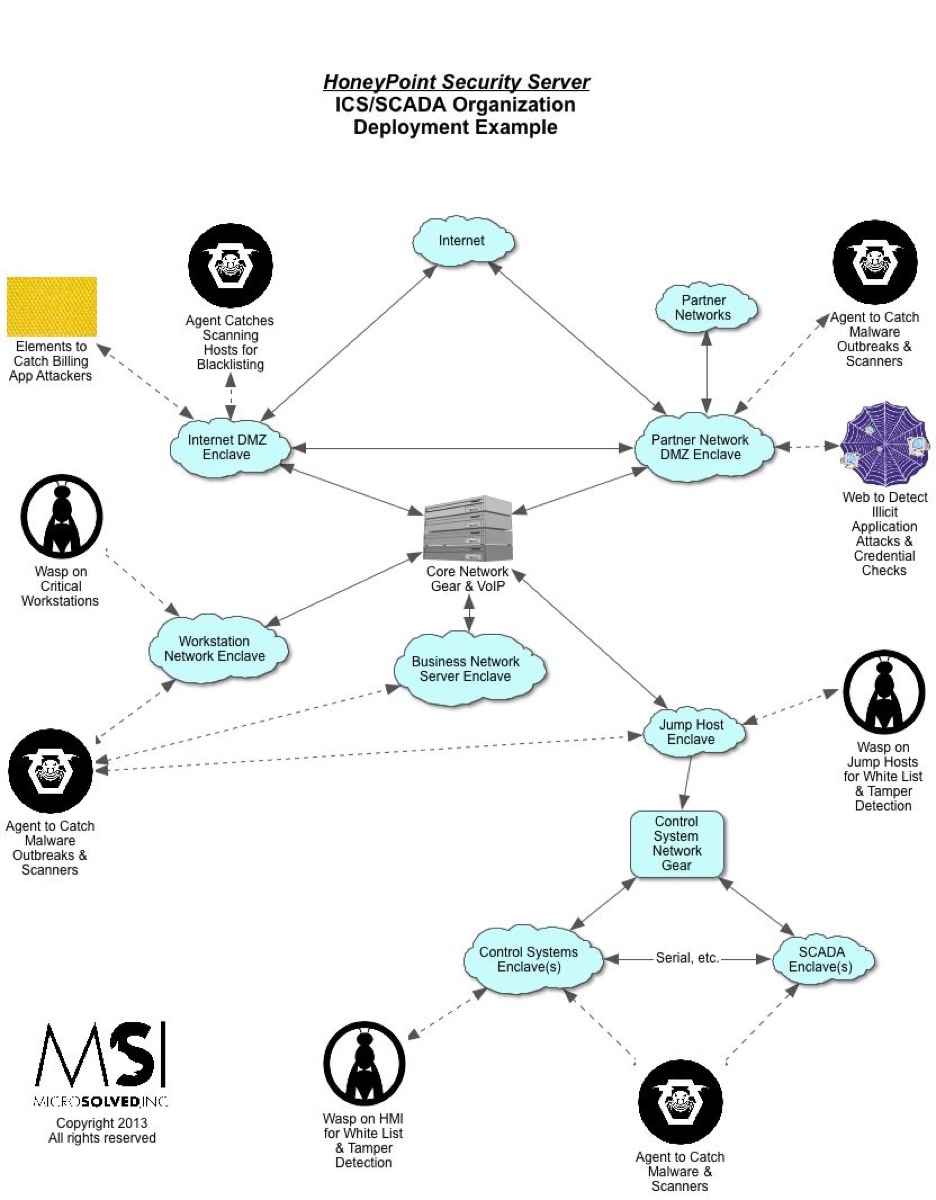
Our testing lab has spent quite a bit of time over the last several years testing smart grid devices. We are very happy to say that we are seeing strong improvement in the general security controls in this space.
Many of the newer smart grid systems we are testing have implemented good basic controls to prevent many of the attacks we used to see in these devices in the early days of the smart grid movement. Today, for example, most of the devices we test, have implemented at least basic controls for firmware update signing, which was almost unheard of when we first started testing these systems years ago.
Other improvements in the smart grid systems are also easily identifiable. Cryptographic protocols and hardened system configurations are two more controls that have become pretty well standard in the space. The days of seeing silly plain-text protocols between the field devices or the field deployments and the upstream controls systems are pretty well gone (there are still SOME, albeit fewer exceptions…).
Zigbee and communications of customer premise equipment to the smart grid utility systems is getting somewhat better (still little crypto and a lot of crappy bounds checking), but still has a ways to go. Much of this won’t get fixed until the various protocols are revised and upgraded, but some of the easy, low hanging vulnerability fruit IS starting to get cleaned up and as CPU capability increases on customer devices, we are starting to see more folks using SSL overlays and other forms of basic crypto at the application layer. All of this is pretty much a good thing.
There are still some strong areas for improvement in the smart grid space. We still have more than a few battles to fight over encryption versus encoding, modern development security, JTAG protection, input validation and the usual application security shortcomings that the web and other platforms for app development are still struggling with.
Default passwords, crypto keys and configurations still abound. Threat modeling needs to be done in deeper detail and the threat metrics need to be better socialized among the relevant stakeholders. There is still a plethora of policy/process/procedure development to be done. We need better standards, reporting mechanisms, alerting capabilities, analysis of single points of failure, contingency planning and wide variety of devices and applications still need to be thoroughly tested in a security lab. In fact, so many new applications, systems and devices are coming into the smart grid market space, that there is a backlog of stuff to test. That work needs to be done to harden these devices while their footprint is still small enough to manage, mitigate and mature.
The good news is that things are getting better in the smart grid security world. Changes are coming through the pipeline of government regulation. Standards are being built. Vendors are doing the hard, gut check work of having devices tested and vulnerabilities mitigated or minimized. All of this, culminates in one of the primary goals of MicroSolved for the last two decades – to make the world and the Internet safer for all of you.
As always, thanks for reading and stay safe out there!


